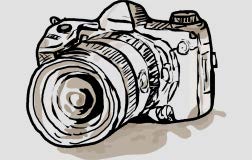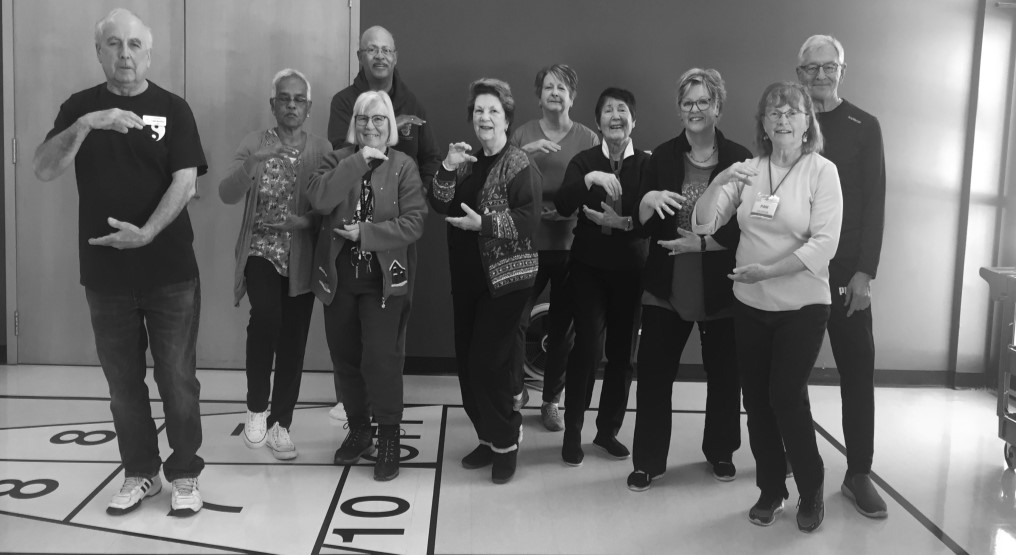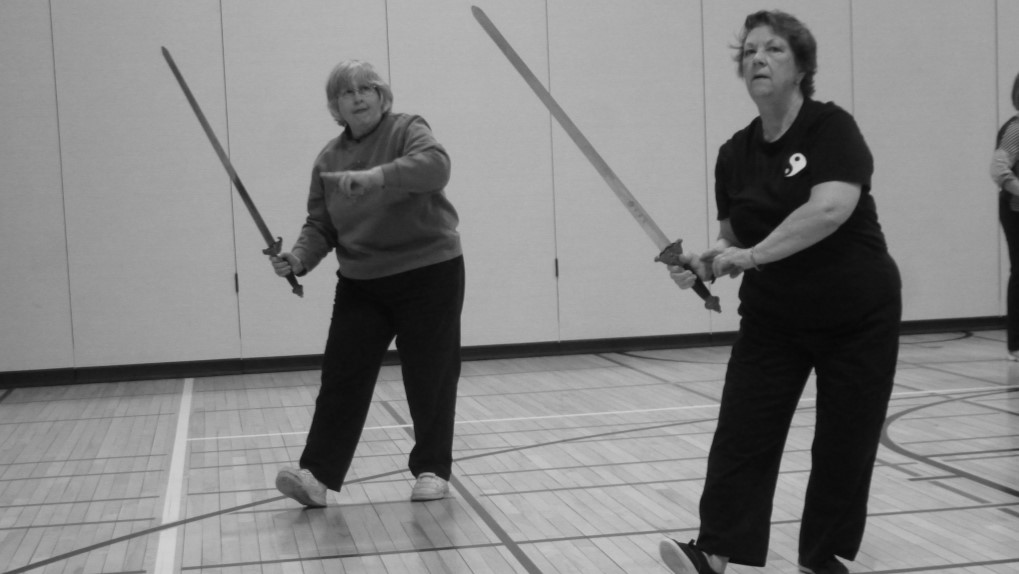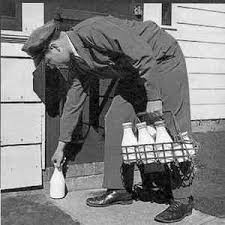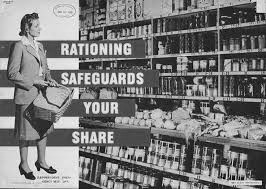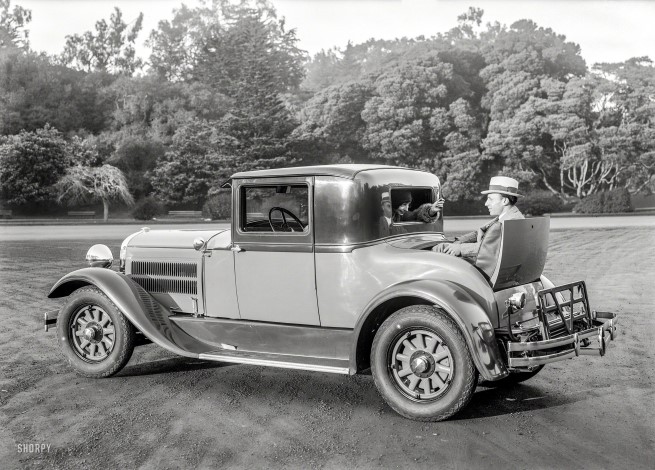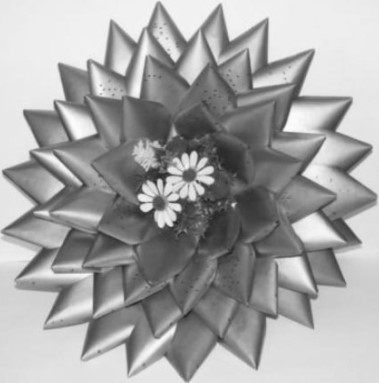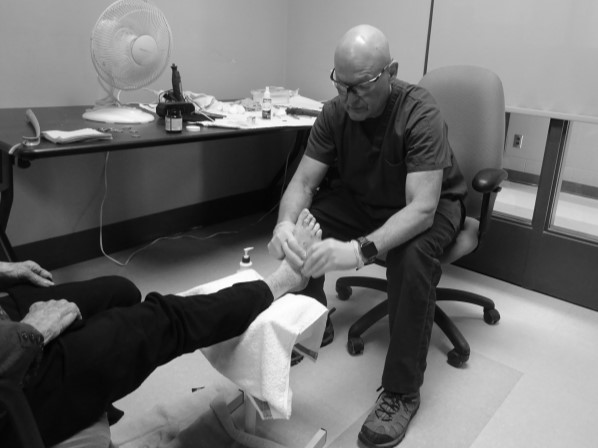A short story by Lynn Tormey
3rd place winner in the Tell Tale Tea Writing Competition 2020
Since retiring last year, every morning at six o’clock, I commit to writing. No matter what’s going on in my life … this is my time to write. But this morning, connecting with my inner muse is like trying to connect to cyberspace without Wi-Fi and receiving the same message over and over …. muse off-line please try again later.
Placing my fingers on the keyboard, head tilted back slightly, I force my brain to co-operate only to realize my thumbs are lightly, dancing back and forth on the space bar, my left knee bouncing up and down-a sign my nemesis a.k.a. writer’s block guards my muse, refusing to set her free.
“I won’t give up,” I say, determined to break through the block.
Closing my eyes, I push harder. Instantly I envision a mighty, fire breathing dragon standing guard over a castle where my muse, imprisoned by a jealous, evil witch (who wants to be the greatest writer in the kingdom) plans to destroy my helpless muse standing in the way.
Shaking the silly image from my mind, I squeeze my eyes tighter pushing against the invisible wall. But, alas not a single idea or word transmits down from my brain through my finger tips, onto the page.
Slowly, releasing a deep sigh of resignation, I open my eyes and look at the blinking cursor at the top of the page. It reminds me of an impatient actor, stamping her foot, demanding action. I can almost hear her voice, ‘Hello! I’m getting bored. H-e-l-l-o!’
“I’m trying,” I mutter under my breath, feeling the strong urge to throw my laptop out the window, cursor and all. Instantly I envision the little stick-thingy running across my lawn screaming, “Help me! She’s trying to kill me!”
Honestly, I chuckle, shaking my head. When Stephen King said ‘kill your darlings’ he didn’t mean cursors…or did he?
Still chuckling, I place my hands on my thighs, allowing my eyes to wander to the window. The heat of the morning sun, beating through the glass, reminds me it’s going to be hot and humid today. My thoughts tum to my garden. I worked so hard planting my favourite flowers over the May long weekend … I can’t let them die in the heat.
“Okay,” I decide, sliding my chair from my desk. I’ll just water my flowers. Then I’ll write.
Walking into the kitchen to the sliding glass doors, I tell myselfl should be fighting the block…I should persevere and win this battle. But the image of my poor, helpless flowers wilting and dying in the heat over-rides my commitment to write.
I can ‘I let my flowers die … that would be so wrong …. right?
“Right!” I affirm, sliding the screen door open.
Stepping out on to the back deck, my eyes widen in shock. There, overtaking my lawn, is an army of dandelions –like little, yellow aliens had suddenly landed overnight.
“Where the heck did you come from?” I ask squinting, placing my hands on my hips.
Oh Wait! I know! You’ve come from a distant planet ruled by the King of Dandelions, sent here with a plan, to take over all !he lawns on earth.
“Well not today,” I say, grinning triumphantly. “I will destroy you with my powers and my mighty weapon of annihilation.”
Chuckling I step across the lawn to my shed. As soon as I save my lawn and water my flowers…I’ll write.
Thirty minutes later the front and back lawns are green; the alien dandelions captured in the ‘bagger’ on the lawn mower.
“I’ve saved the world,” I whisper triumphantly, pushing the lawnmower back into the shed. As soon as I water the garden, I’ll write.
As I close the shed door, I hear my inner critic’s voice, ‘You’re procrastinating!’
“I am not!” I protest a little too loudly, looking around hoping no one can hear me. As soon as my garden is watered I’ll write!
Silently, I walk back to the house to get the hose. As I approach the deck, my mouth drops open.
“Holy crap!” I whisper, looking at the dust and dirt on my kitchen windows. I can’t remember the last time I cleaned them. Instantly, I think of my mom standing here, pointing at the windows, silently shaking her head in disgust.
Waves of guilt coursing through my veins, I decide, I better clean them just in case. Then I’ll write.
‘Procrastinating!’ the critic mocks.
Stop nagging. As soon as I water !he garden and clean the windows, I’ll write. Now leave me alone!
After watering the garden, I tum the hose on the grass. I’d never forgive myself if I neglect the lawn and it dies in the heat.
Procrastinating!’ says the nagging voice.
Ignoring the guilt-causing dork, I continue watering the lawn.
“I’m surprised you’re not inside writing,” Janet, my next-door neighbour, says walking up beside me. “Did you finish the story already?”
“Not yet,” I reply. “It’s supposed to be really hot today so just taking care of a few things before it gets too hot. I’ll spend the rest of the day writing.”
“Procrastinating, eh?” Janet says teasingly.
Not you too! If I hear that word one more time…
“No, I’m not,” I reply defensively. “I just can’t seem to find the words to get me started.”
“What’s your topic?”
“Resilience,” I reply. “I’m hoping, if I tackle a few things on my ‘to do’ list first, the words will flow again.”
“Good luck with that,” Janet says turning and walking away. “Oh, I almost forgot what I came over for,” she adds, looking back at me. “Kevin and I are having a few friends over tonight for a barbecue. Why don’t you join us?”
“Sure,” I reply. “Sounds like fun. What can I bring?”
“How about your amazing coleslaw?”
“No problem. As soon as I finish my story, I’ll get it ready and bring it with me.”
“See you about six then,” she says, walking away. “Get that story written, kiddo. Stop procrastinating.”
I’m not procrastinating, I pout feeling sorry for myself. I’m just wailing for inspiration then I’ll write!
Returning my attention to the lawn, the annoying voice says, ‘You’re waiting for inspiration … blah … blah … blah. That’s just an excuse to procrastinate.’
“I’m ignoring you,” I whisper, watching the water spray on the grass. I need to clean my windows then I’ll write. In the meantime, keep your opinions to yourself.
As I water the lawn, I begin humming my favourite song, blocking out any unwanted comments from the inner peanut gallery.
After almost thirty minutes, I turn off the water and, rolling up the hose, walk back to the house telling myself that as soon as I clean my windows … I’ll write.
‘Humph,’ the critic says flippantly. ‘But first you’ll have to do the laundry and wash the floors … procrastinating!’
Refusing to respond, I hang the hose on the hook and march into the kitchen to the cupboard; open the door, and take out the window cleaner and paper towels.
I’ll show you … you … you nagging voice in my head.
Sixteen minutes later, the kitchen windows and sliding glass doors gleam. I smile proudly. “Now I’ll write,” I say with a firm nod of my head.
Taking a bottle of water from the fridge, I return to my desk and sit down at my laptop. Nothing will stop me now. Writer’s block be damned.
As I force myself to concentrate, the only thing that pops into my mind is one word–Coleslaw.
“Not again!” I sigh, shaking my head, biting my bottom lip in frustration. I will write! I promise, fighting the urge to make the coleslaw; failing completely.
“That’s it!” I shout, pushing away from my desk. “I’ll make the dam coleslaw!”
After shredding cabbage, carrots and onions, l prepare the secret ingredients for the dressing.
Suddenly it hits me, like a jolt on my forehead from the invisible palm of my inner critic’s hand.
“I am procrastinating!”
‘Finally!’ the critic gloats. ‘Now, pull up those big girl panties. Fight that dragon and evil witch … set your inner muse free!”
“I will!” I exclaim, confidence flooding my body.
Placing the coleslaw in the fridge, I envision Scarlett O’Hara standing on a cliff, fist raised in the air, vowing she’ll never go hungry again.
“Holy crap!” I shout excitedly, ignoring the urge to wash up the few dishes I used making the coleslaw.
Rushing back to my computer thinking about Scarlett’s resilience and ability to bounce back from adversity, I’m ready and determined to fight procrastination, my true nemesis, and free my muse.
I begin to write.
At five o’clock my short story is complete.
‘There you go,’ the critic says, ‘By the way, remember those alien dandelions you destroyed?
Well that was your inner muse … she’s been creating all day; you just didn’t see it. But, look at you now … you resilient writer, you.’
“Yes,” I exclaim proudly, raising my fist in the air. “I AM!”
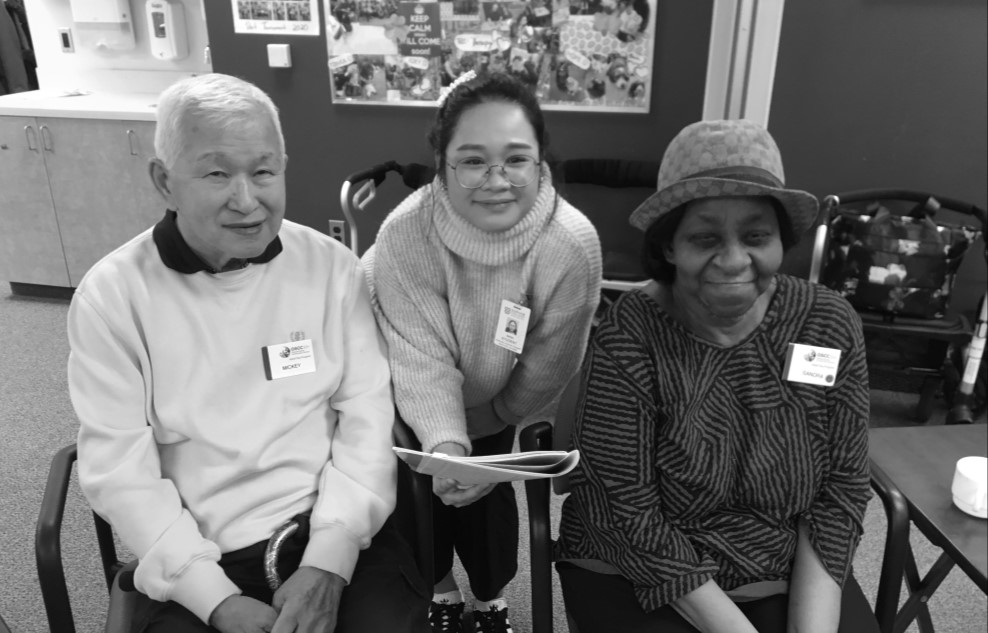
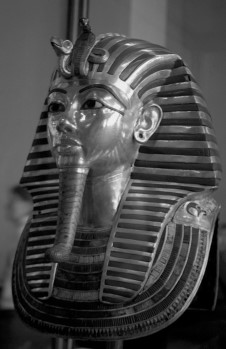 Lots of mystery surrounds King Tut. Who were his parents? How did he die? Were the people who opened his tomb subjected to a curse? These and many other mysteries, myths and misconceptions were discussed in the new course on ancient Egypt which I attended this winter. Mark Trumpour, who presented this exotic information, has been fascinated since childhood by ancient Egypt. This fascination has led to travel to Egypt, and to involvement with the Royal Ontario Museum over many years. He has also published widely on his favourite topics. Mark is working with Queen’s University on a project to study and preserve three ancient Egyptian coffins.
Lots of mystery surrounds King Tut. Who were his parents? How did he die? Were the people who opened his tomb subjected to a curse? These and many other mysteries, myths and misconceptions were discussed in the new course on ancient Egypt which I attended this winter. Mark Trumpour, who presented this exotic information, has been fascinated since childhood by ancient Egypt. This fascination has led to travel to Egypt, and to involvement with the Royal Ontario Museum over many years. He has also published widely on his favourite topics. Mark is working with Queen’s University on a project to study and preserve three ancient Egyptian coffins.